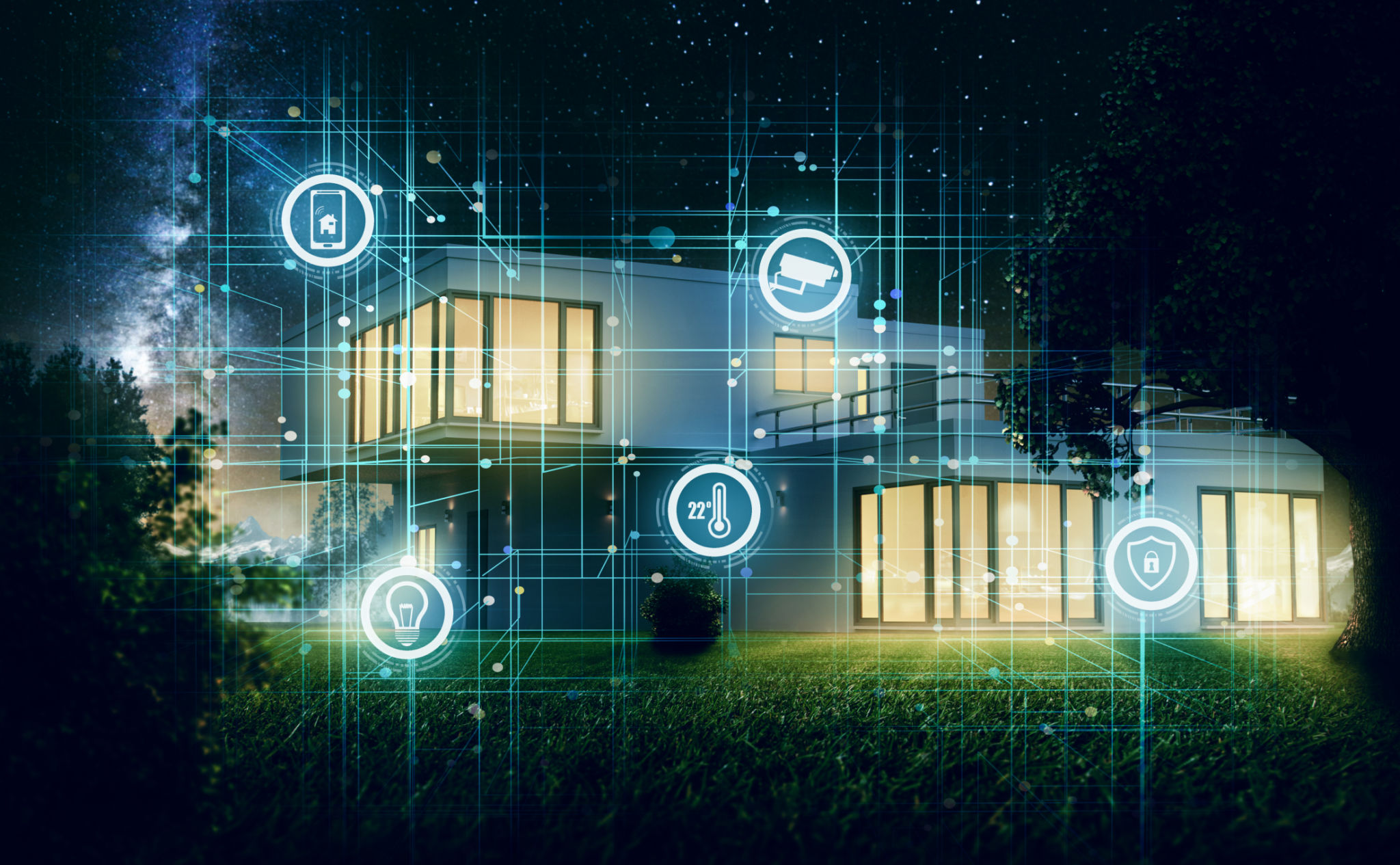Debunking Common Myths About Smart Homes
AD
Understanding the Basics of Smart Homes
In recent years, smart homes have surged in popularity, offering convenience and efficiency at the touch of a button. However, despite their growing presence, many myths and misconceptions persist about what smart homes are and how they function. By debunking these myths, potential users can better understand the true benefits and limitations of smart home technology.

Myth #1: Smart Homes Are Only for Tech-Savvy Individuals
A common misconception is that smart homes are too complex for the average person to manage. In reality, most modern smart home systems are user-friendly and designed with simplicity in mind. Devices often come with intuitive apps and easy-to-follow instructions, making setup and daily use accessible for everyone, regardless of their technological expertise.
Moreover, many smart home products are equipped with voice control capabilities, allowing users to operate them with simple voice commands through platforms like Alexa or Google Assistant. This ease of use ensures that even those unfamiliar with technology can enjoy the advantages of a smart home.
Myth #2: Smart Homes Are Insecure
Security concerns are at the forefront of many people's minds when considering smart home technology. While it's true that any internet-connected device can be vulnerable to hacking, manufacturers are constantly enhancing their security measures. By implementing strong passwords, enabling two-factor authentication, and keeping devices updated with the latest firmware, users can significantly reduce security risks.

Furthermore, many smart home systems offer robust encryption and security features, providing an additional layer of protection. It's essential for users to remain informed about best practices and to stay vigilant to ensure their smart homes remain secure.
Myth #3: Smart Homes Are Expensive
Another prevalent myth is that converting a home into a smart home requires a significant financial investment. While it’s true that some high-end systems can be costly, there are numerous affordable options available on the market today. From smart bulbs and plugs to budget-friendly thermostats and security cameras, consumers can start small and gradually expand their smart home ecosystem according to their budget.
Additionally, the energy efficiency provided by smart devices can lead to substantial savings on utility bills over time, offsetting initial costs. Smart thermostats, for example, learn user habits to optimize heating and cooling schedules, often resulting in reduced energy consumption.

Myth #4: Smart Homes Are Only for New Constructions
Many believe that smart technology is only feasible in newly built homes. This is far from the truth. Smart home devices can be integrated into virtually any existing structure without extensive renovations. Many products are designed to work with standard home setups, making it easy for homeowners and renters alike to incorporate smart technology into their living spaces.
Wireless technology further simplifies the process by eliminating the need for complex wiring installations. As a result, upgrading to a smart home is feasible for anyone interested in enhancing their home's functionality and efficiency.
The Future of Smart Homes
As technology continues to evolve, smart homes will likely become even more accessible and integrated into everyday life. By dispelling these common myths, we pave the way for greater adoption and understanding of the benefits smart homes can offer. Whether you're looking to save money, increase convenience, or enhance security, smart home technology has something to offer everyone.